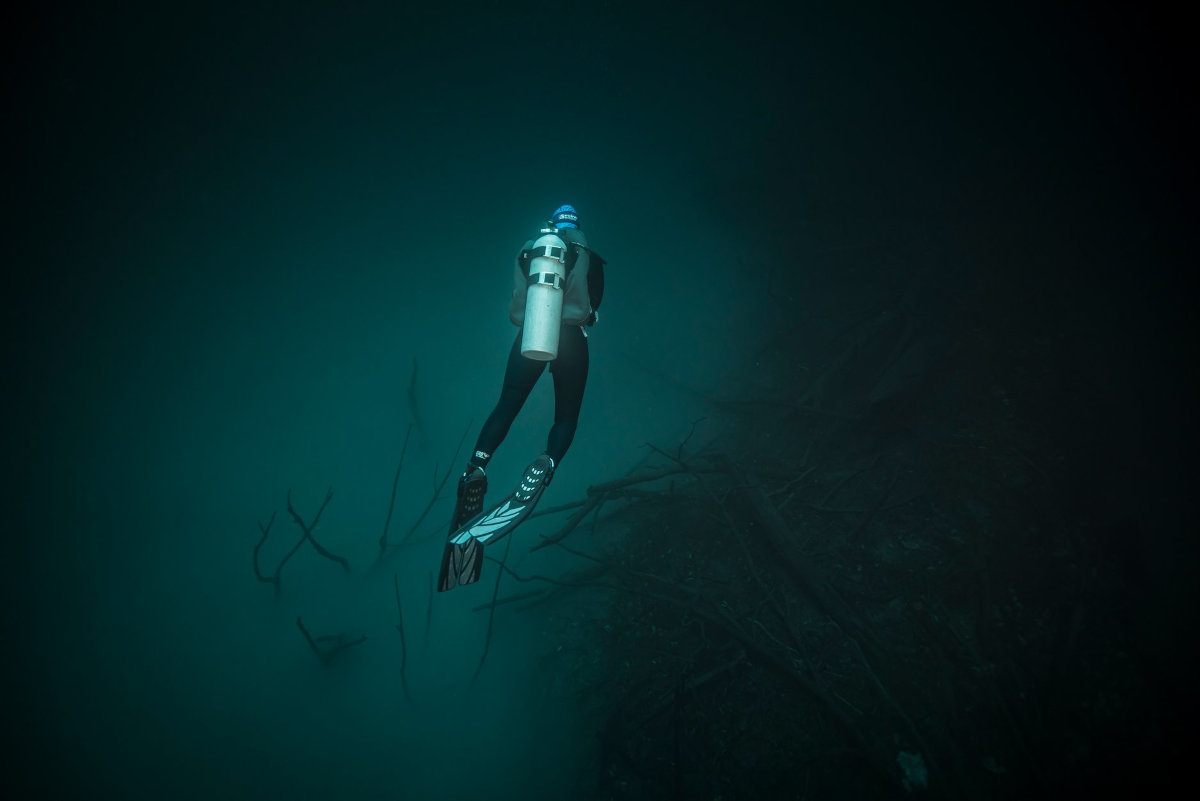Deep sea diving is an exhilarating adventure that offers the unique opportunity to explore the mysterious depths of the ocean.
However, diving deep into the underwater world requires more than just courage and equipment; it necessitates a deep understanding of the decompression process to ensure safety.
The science of decompression is vital for every diver, especially those engaging in extended or deep underwater excursions.
This comprehensive guide delves into what decompression is, why it’s crucial, and how divers can manage decompression risks effectively to enjoy safe and exciting dives.
Understanding decompression sickness
Decompression sickness, commonly known as “the bends,” is a potentially serious condition that can afflict divers who ascend too quickly from deep waters. It occurs when the pressure decreases too quickly in relation to the nitrogen absorbed by the body at high pressures underwater.
This rapid decrease can cause the nitrogen to come out of solution and form bubbles in the bloodstream and tissues, which can lead to various symptoms ranging from minor aches to life-threatening complications.
The Physics of Nitrogen Absorption
At greater depths, the pressure of the surrounding water significantly increases. According to Henry’s Law, the amount of gas that can be dissolved in a liquid at a given temperature is proportional to the pressure of the gas above the liquid. In the case of diving, the ‘liquid’ is the blood and the ‘gas’ is the breathing mixture used, typically air or nitrox, which contains nitrogen.
As the pressure increases with depth, more nitrogen dissolves into the diver’s bloodstream and tissues. This isn’t a problem as long as the diver remains at depth. However, the potential for decompression sickness arises during the ascent if the excess nitrogen does not have sufficient time to be expelled gradually.
Symptoms and prevention of decompression sickness
The symptoms of decompression sickness can vary but typically include joint pain, dizziness, extreme fatigue, nausea, difficulty breathing, and confusion. In severe cases, it can cause paralysis, cardiac issues, and even death.
Preventing decompression sickness is primarily about controlling ascent rates and following prescribed decompression stops. Divers are trained to ascend slowly and stop at certain depths to allow their bodies to adjust and safely expel the absorbed nitrogen.
The importance of decompression procedures
For divers venturing beyond recreational dive limits, understanding and adhering to decompression procedures is crucial.
These procedures help manage the nitrogen levels in the body, ensuring divers can safely return to the surface without incident.
Strategic Dive Planning
Effective dive planning is essential for safe decompression.
It involves calculating the maximum depth and time the dive can safely last based on the gas mixture used and the individual diver’s susceptibility to nitrogen absorption.
This plan includes scheduling decompression stops where the diver must pause for specific periods to allow nitrogen to be expelled from the body gradually.
Components of decompression dive planning
- Gas selection: choosing the appropriate breathing gas is crucial. For deeper dives, divers often use mixtures like nitrox or trimix to reduce the amount of nitrogen absorbed.
- Decompression models: utilizing decompression models that provide schedules based on depth and time to ensure sufficient decompression stops are included in the dive plan.
- Emergency contingencies: planning for potential emergencies such as equipment failure or unexpected changes in conditions is a must. This includes having a backup plan and the necessary skills to manage different scenarios.
Discover our course on decompression procedures
Training for decompression diving
Given the complexities and risks associated with decompression diving, specialized training is imperative.
Courses like the TDI Decompression Procedures course are designed to educate divers on the intricacies of planned decompression.
TDI decompression procedures course overview
This course is tailored for divers who wish to extend their diving capabilities beyond traditional recreational limits. It focuses on the following key areas:
- Decompression techniques: proper procedures for safe ascent, including speed of ascent, timing, and gas management.
- Advanced buoyancy control: mastery of buoyancy and trim is crucial to maintaining the required decompression stop depths accurately.
- Emergency procedures: comprehensive training on handling potential underwater emergencies, which may include equipment malfunctions and catastrophic gas loss.
Integration with advanced nitrox
The Decompression Procedures course often pairs with the TDI Advanced Nitrox course. This combination lays a solid foundation for divers looking to engage in more technical dives. The Advanced Nitrox course teaches divers to use enriched air nitrox for longer bottom times, which can help minimize nitrogen absorption and reduce decompression time.
Discover our course on decompression procedures
Expanding your diving horizons with Pluto Dive
For those inspired to explore the depths and master decompression diving, Pluto Dive in Playa del Carmen offers robust training programs.
These programs equip divers with the necessary skills to safely conduct decompression dives and handle emergencies.
Courses and certifications available
Pluto Dive’s offerings include a range of courses designed for divers seeking to advance their skills:
- Open Water Diver Instructor: prepares divers to teach open water skills.
- Nitrox Dive Instructor: focuses on the use of enriched air to extend safe diving times.
- Technical Diving Instructor Programs: covers more complex diving scenarios and the use of different gas mixes for deep dives.
Each course combines theoretical knowledge with practical diving experiences, ensuring divers are well-prepared for the challenges of decompression diving.
Dive Safely with Pluto Dive
Interested in taking your diving skills to the next level?
Contact Pluto Dive to enroll in advanced diving courses or to plan your next diving adventure:
- Location: 40th Street between 5th and 10th avenues, Playa del Carmen, Mexico
- Email: plutodive@gmail.com
- Phone: +52 984 151 9045 | +52 984 151 9046
Join us at Pluto Dive to explore deeper waters with confidence and safety. Our expert instructors are ready to guide you through every step of your decompression training, from basic techniques to advanced procedures. Discover new depths and embrace the thrilling world of technical diving with us!



